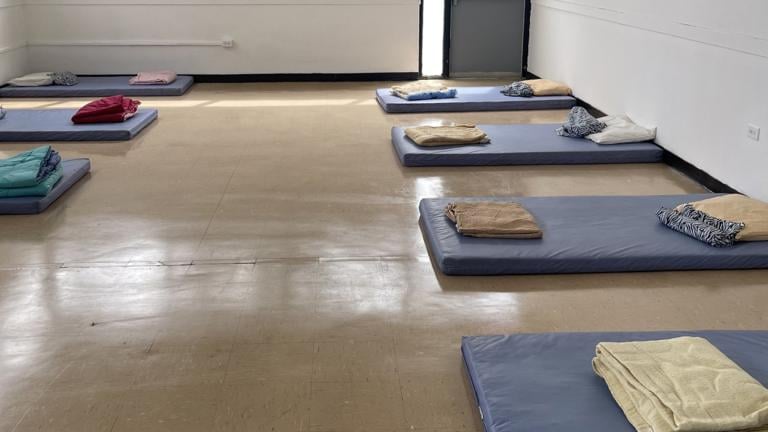The 442-acre Lake Calumet is perhaps the most visible remnant of the rise and fall of industry on Chicago’s Southeast Side over its years as part of the Port of Chicago. The very shape of the lake has been changed by industry and years of industrial abuse have taken a toll on the water, soil and air. For the past few decades most of the lake has been fenced off and inaccessible to area residents who once visited for recreation.
Tom Shepherd, an environmentalist activist with the Lake Calumet Vision Committee, is a longtime Southeast Side resident who remembers back when people could wander parts of the lake.
“It was mysterious, and it was fun and you could just walk onto the property around the lake at that time. You could throw a fishing pole into the water and catch fish, or you could hike around there. Some people hunted,” Shepherd said. “It was really wild out there and to have that right in the middle of the city of Chicago, in the middle of the South Side, it could be so much more of an asset than having it fenced off and closed off to the public.”
“So many folks don’t even know there’s a lake back there. If you drive down the expressway, which tens of thousands of cars do every day, there’s a big berm out there. You can’t see back there,” Shepherd continued. “You can’t tell there’s natural spaces within the city of Chicago and you certainly could never get out there to enjoy it unless you were playing a round of golf at the two golf courses that they created there.”
Shepherd cited an example of industrial abuse in the area.
“Just across the highway from Lake Calumet is hundreds of acres that the Sherwin Williams factory once occupied. And rather than to remediate it, it was going to be so costly to completely remediate it, they just covered up with asphalt. I don’t know how many acres, dozens and dozens or hundreds, but things like that are happening,” he said. “We’re hoping that some federal funding is going to come in and assist the Port District board and the management there to do cleanup and allow for people to be out on the property.”
But there are harbingers of change on the horizon with the recently designated Pullman National Monument bringing in tourists and new leadership at the Illinois International Port District. And earlier this year, the Chicago Metropolitan Agency for Planning issued its master plan for Lake Calumet which it says creates a place where industry, nature and recreation can coexist.
Dustin Calliari, a senior planner at the Chicago Metropolitan for Agency for Planning managed the Port District Master Plan project starting in 2017.
“IIPD (Illinois International Port District) actually came to us looking for planning assistance and helped to look at the future of the Port District and step back and creating a master vision for where it can go,” Calliari said.
While Calliari said the plan does not make determinations as to how much environmental remediation is needed, it does make recommendations for studies.
“Particularly as we look to the future of creating more wildlife habitat up at the square marsh, treatment wetlands within Lake Calumet and future commercial opportunities around the lake, that environmental cleanup is going to be a crucial first step,” he said.
Calliari said the plan has included the IIPD’s new leadership. Erik Varela, the newly appointed IIPD executive director, was appointed in September 2021.
“We actually put the project on pause in late 2020 while the executive director position was vacant to make sure that when the plan came to this point where we’re finalizing things, that we had buy in from the new leadership from the board and everyone’s going the same direction,” said Calliari.
The CMAP master plan is in draft form and available for public comment before finalization June 17.
“That’s where we start to look at implementation,” said Calliari. “How do we turn that into a reality? And that’s where the real fun starts.”
“We can make this a destination point and provide recreation for people in all sorts of areas from kayaking and fishing and bird watching and hiking and bicycle pedaling and all the different things that could be done out there,” said Shepherd. “They have 2200 acres and with only a few 100 acres set aside for the public, we could do an awful lot.”








